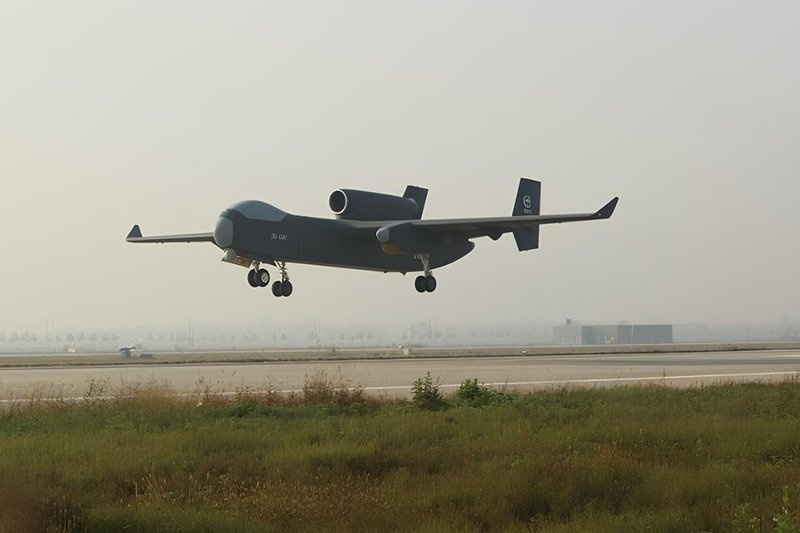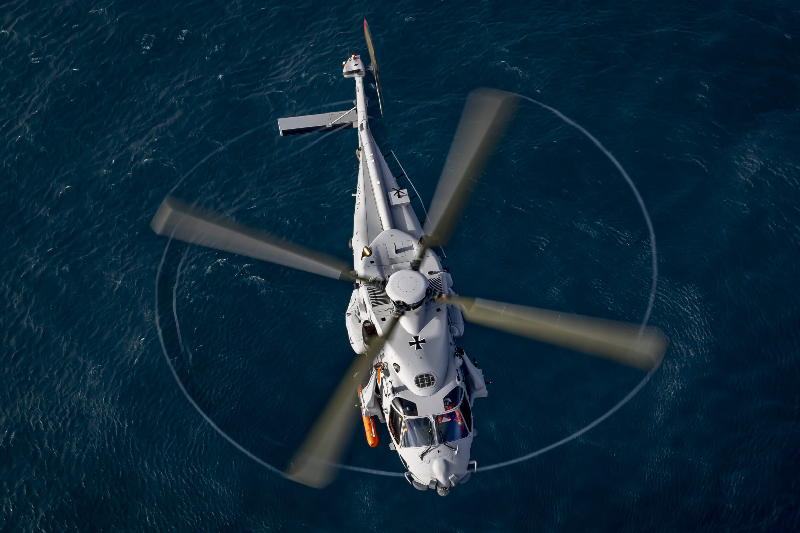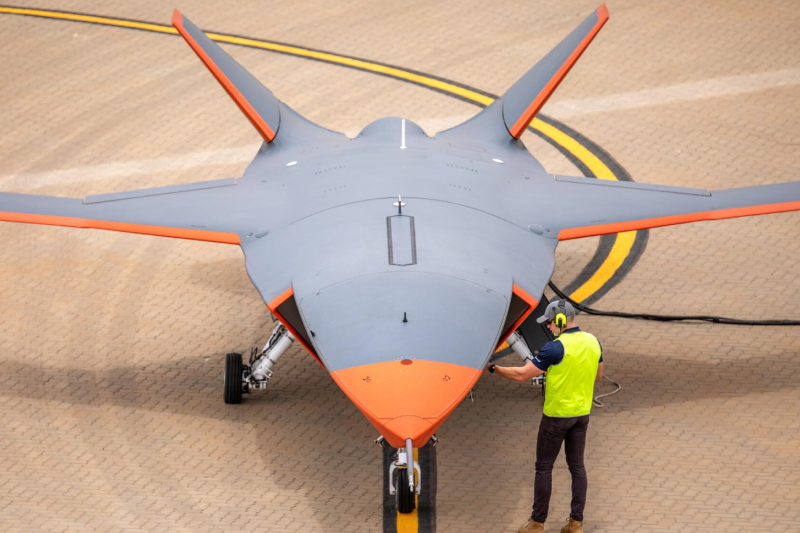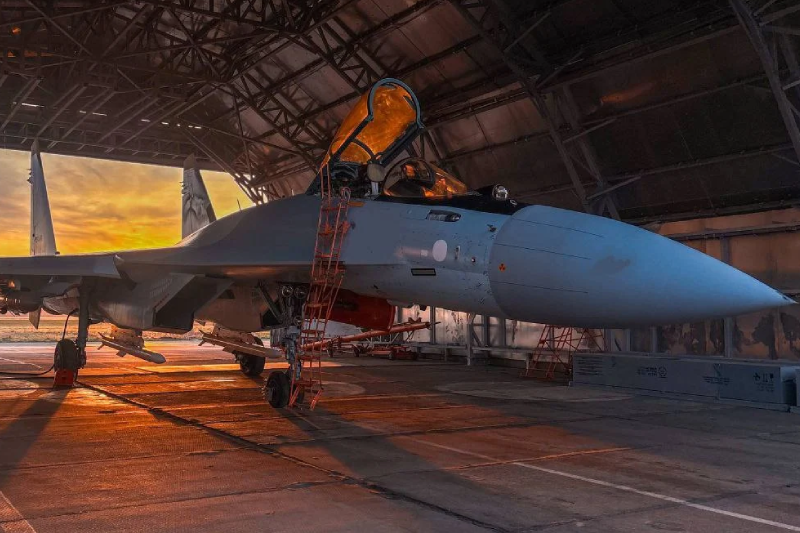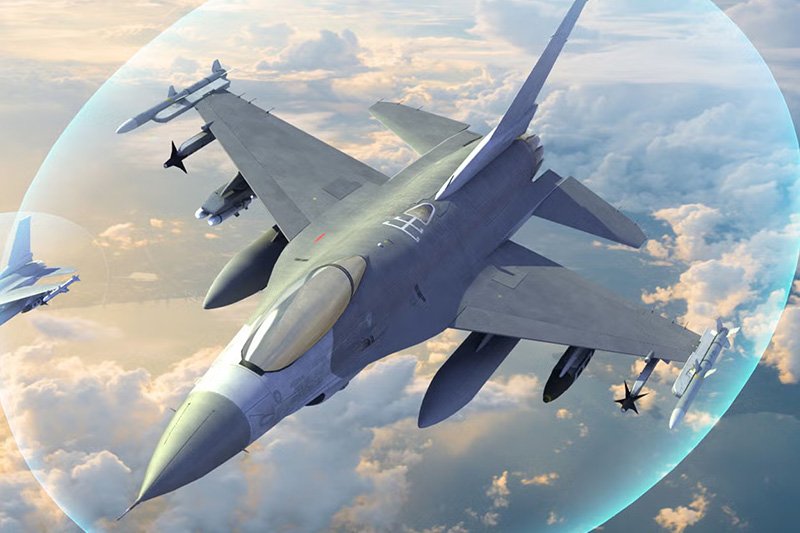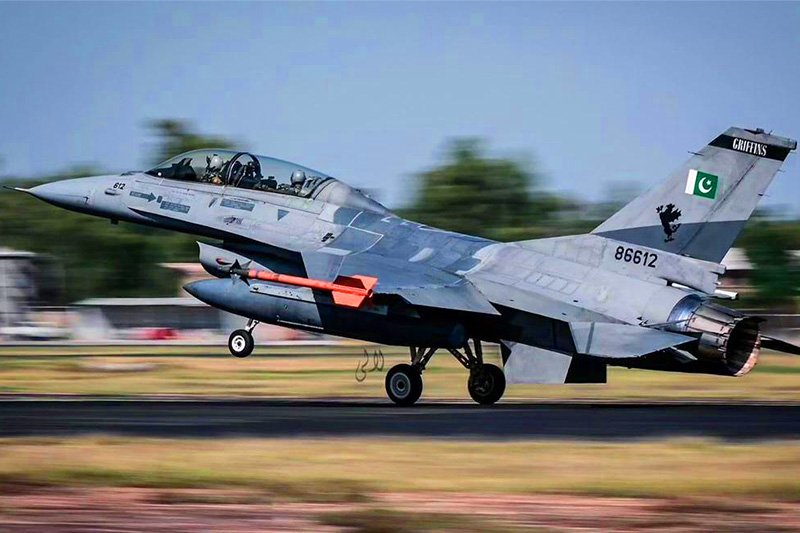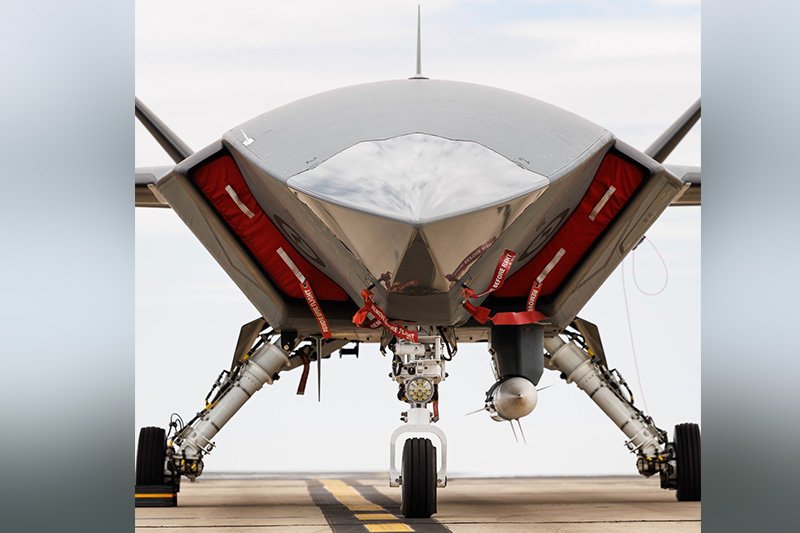China Liaoning and Shandong in First Dual-Carrier Drills
The People’s Liberation Army Navy (PLAN) marked a significant milestone in October 2024 by conducting its first ever dual carrier formation exercises in the South China Sea, featuring both the Liaoning and Shandong aircraft carriers. This historic deployment showcases China’s growing naval capabilities and its advancement in carrier operations. “China Liaoning and Shandong in First Dual-Carrier Drills”.
Major Exercise Components
Senior Colonel Zhang Xiaogong, spokesperson for China’s Ministry of National Defense, announced that the unprecedented dual-carrier exercise formed part of the Navy’s annual training plan. The operation involved an impressive fleet of 13 vessels, including both carriers, accompanied by three Type 55 destroyers, three Type 52D destroyers, three Type 54A frigates, and two fleet replenishment tankers. The aerial component featured 12 J-15 carrier-borne fighter jets conducting overhead operations.
Operational Timeline
The exercise emerged as part of a broader operation that began with the Liaoning Carrier Strike Group (CSG) operating in the South China Sea since mid-September. During a particularly intensive period from September 27 to October 1, the Liaoning demonstrated its operational capacity with approximately 130 carrier-based aircraft take-offs and landings, plus 90 helicopter operations, totaling 220 flight deck operations in less than a week.
Advanced Aircraft Deployment
Perhaps the most notable aspect of these exercises was the confirmed presence of the new J-15B CATOBAR variant fighter jets. Military analyst Andreas Rupprecht identified several distinctive features of these aircraft, including:
The Shandong carrier displayed 18 J-15s on deck, with additional aircraft potentially stored below The new J-15B variant features enhanced capabilities designed for catapult operations Notable modifications include reinforced nose landing gear and a launch bar A distinctive all-gray paint scheme, differentiating it from earlier models A mixed deployment of both J-15A and J-15B variants was observed
Strategic Significance
These exercises serve multiple strategic objectives for China’s naval forces:
Development of carrier operation proficiency in challenging maritime environments. Enhancement of systematic combat capabilities for carrier strike groups. Demonstration of China’s growing naval power projection abilities. Establishment of operational parity with Western naval forces.
International Context
The timing and nature of these exercises mirror similar U.S. Navy operations in the region. In February 2021, the USS Theodore Roosevelt and USS Nimitz conducted joint exercises near Chinese-controlled islands in the South China Sea, focusing on interoperability and command and control capabilities. China’s dual-carrier operations appear to demonstrate similar operational capabilities to those of the US Navy in the Western Pacific.
Also read this: China’s H-20 Bomber Set for Possible Zhuhai 2024 Debut
Supporting Operations
The exercises included comprehensive support operations, with China Bugle releasing footage of:
Mid-sea refueling operations involving the Type 903A supply ship Loumau Harbin Z-9 naval helicopter operations on the Type 054A frigate Huangshan Coordinated movements of the Type 055 destroyer Dalian Integrated carrier strike group maneuvers
This historic dual-carrier exercise represents a significant advancement in China’s naval capabilities and its ability to project power in the Indo-Pacific region. As the PLAN continues to develop its carrier operations, these exercises mark an important step in China’s evolution as a major naval power.
Keep connected with us at Facebook, Twitter, YouTube, Instagram & TikTok for latest defense happening around the globe.
Discover more from International Defence Analysis
Subscribe to get the latest posts sent to your email.


